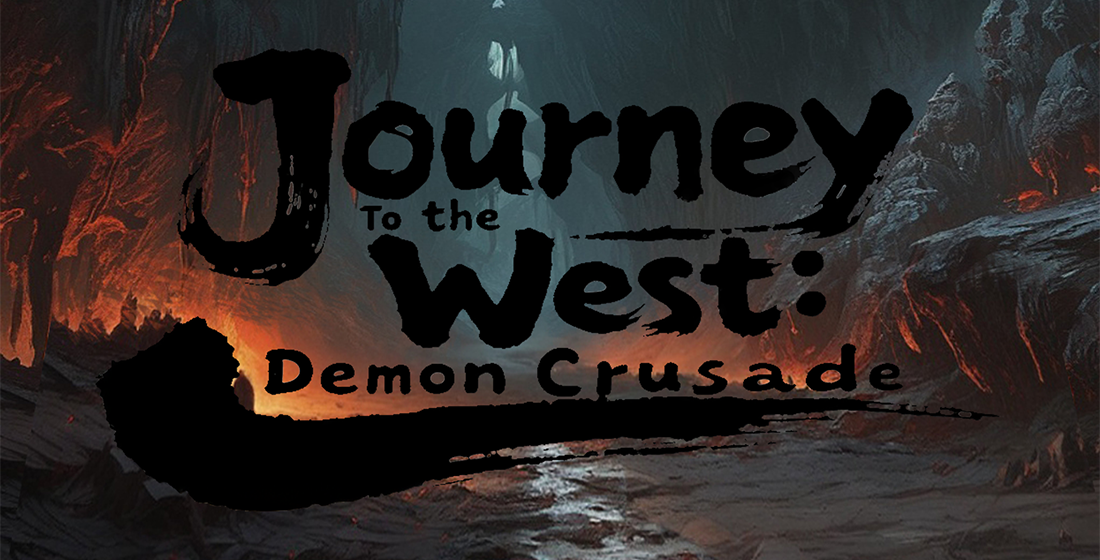Unlocking Teamwork: How Multiplayer Strategy Games are Revolutionizing Collaboration
Multiplayer games have evolved rapidly over the past decade, and they play a crucial role in fostering teamwork and collaboration among players. As we dive deep into the world of multiplayer strategy games, we'll explore how these games are changing the landscape of cooperation and planning in virtual environments. In this article, we will delve into various aspects of multiplayer strategy games, discuss popular titles, and examine their impact on collaboration in real life.
The Rise of Multiplayer Strategy Games
What defines multiplayer strategy games? These games challenge players to strategize and work together to achieve common goals. Titles like Starcraft II, Warcraft III, and Age of Empires not only demand individual skill but also synchronization with team members. With the ever-growing popularity of these games, developers are continuously pushing boundaries to enhance player engagement and team collaboration.
Benefits of Playing Multiplayer Strategy Games
- Improved Communication Skills: Players often need to strategize through voice or text communication, which fosters teamwork.
- Problem-Solving Abilities: Overcoming challenges in-game enhances critical thinking, a skill that translates to real-world situations.
- Leadership Development: In multiplayer settings, some players take on leadership roles, guiding the team towards victory.
- Enhanced Social Interactions: Multiplayer games provide a platform to meet new friends and collaborate with others from diverse backgrounds.
Popular Multiplayer Strategy Games to Play
Here’s a list of some of the most acclaimed multiplayer strategy games available:
- League of Legends
- Fortnite
- Dota 2
- Command and Conquer
- Apex Legends
Case Study: Starcraft II's Competitive Scene
Starcraft II serves as a prime example of how multiplayer strategy games encourage collaboration. With major tournaments and leagues, players must work together in teams to devise strategies and practice together to compete at high levels. The game provides a real-world analogy to workplace collaboration, showcasing the importance of teamwork and shared objectives.
Specific Roles and Responsibilities in Multiplayer Strategy Games
In many games, players often take on specific roles, such as:
| Role | Description |
|---|---|
| Scout | Gathering information about enemy positions and movements. |
| Attacker | Leading the charge against the opponent’s forces. |
| Defender | Protecting allies and critical areas from incoming threats. |
| Strategist | Formulating the team's overall strategy based on current game conditions. |
How Multiplayer Games Encourage Innovative Thinking
Playing multiplayer strategy games encourages players to think outside the box. Each game is a dynamic environment where strategies must adapt to the competitive landscape. Players learn to brainstorm, iterate, and collaborate on new ideas to outmaneuver their opponents.
The Role of Structure in Team-Based Games
Moreover, structure in team-based games facilitates collaboration. Whether through point systems or specific goals, these structures help players stay aligned and focused on collective success. Features such as shared resources and collective win conditions create an atmosphere where team-oriented activities thrive.
From Virtual to Real World: Collaboration Skills Transfer
Interestingly, the collaboration skills honed through multiplayer strategy games can translate into the workplace effectively. Team members equipped with strategic thinking and communication skills are often more competent in real-life project coordination and management.
The Connection Between Multiplayer Games and Online Communities
Multiplayer games foster communities built around shared interests. Online forums, social media groups, and streaming platforms are breeding grounds for discussions about strategies, team dynamics, and character builds. This communal aspect bolsters collective learning and virtual friendships.
The Evolution of Game Design: Fostering Collaboration
Modern game developers are increasingly designing games with collaboration in mind. Innovations such as cooperative missions, shared objectives, and simultaneous gameplay allow teams to work seamlessly towards a common goal. This design evolution truly reflects the collaborative nature of multiplayer strategy games.
Exploring Beyond Traditional Strategy Games
While the focus remains on multiplayer strategy games, there are many story mode games to play on pc that also encourage teamwork, albeit differently. Titles like God of War: Ragnarok immerse players in deep narratives, invoking discussions among friends about strategies and choices made during gameplay.
Addressing Concerns: Toxicity and Team Dynamics
However, it's essential to address potential downsides, such as toxicity within gaming communities. The anonymity of online gaming can lead to negative behaviors. Developers are taking steps to mitigate these issues through implementing reporting systems and promoting positive interactions.
Future of Multiplayer Strategy Games
The future of multiplayer strategy games looks promising. With advancements in technology, we can expect even more immersive and collaborative experiences. Virtual Reality (VR) and Augmented Reality (AR) are on the horizon, promising new ways to approach teamwork in gaming.
Final Thoughts
In conclusion, multiplayer strategy games are not only entertaining; they serve as powerful tools in developing essential collaboration skills that benefit players in both virtual and real-world settings. The evolution of these games reflects a growing understanding of teamwork's importance. As players collaborate, strategize, and innovate together, they cultivate a community that values cooperation and shared achievements.



